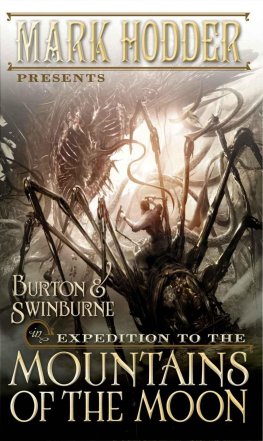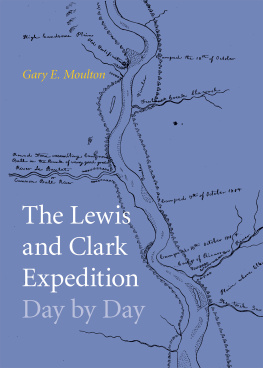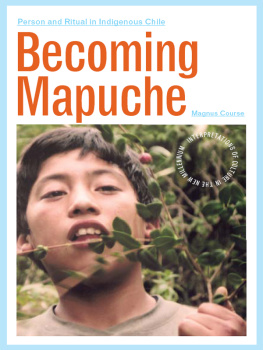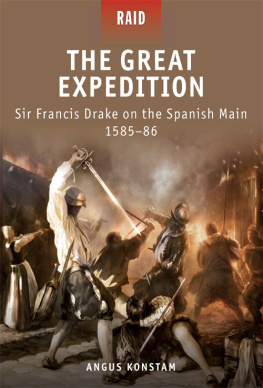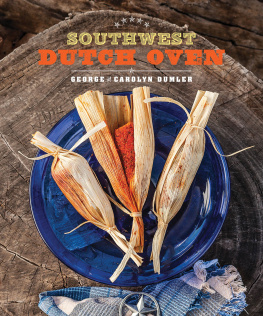Frontispiece: A llama or alpaca standing between a Chilean Indian couple and members of the Brouwer expedition. Photo: Nederlands Scheepvaartmuseum, Amsterdam.
Library of Congress Cataloging-in-Publication Data
Names: Meuwese, Mark, translator, writer of introduction.
Title: To the shores of Chile : the journal and history of the Brouwer Expedition to Valdivia in 1643 / [introduction and translation by] Mark Meuwese.
Other titles: Journael ende historis verhael van de reyse gedaen by oosten de straet la Maire, naer de custen van Chili. English | Latin American originals.
Description: University Park, Pennsylvania : The Pennsylvania State University Press, [2019] | Series: Latin American originals | Includes bibliographical references and index.
Summary: An English translation of a Dutch travel account, published in Amsterdam in 1646, that describes the Dutch attempt to establish a foothold in the abandoned Spanish colonial city of Valdivia, Chile, in order to find gold and establish alliances with the indigenous Mapuche peopleProvided by publisher.
Identifiers: LCCN 2019015186 | ISBN 9780271083759 (pbk. : alk. paper)
Subjects: LCSH: ChileDescription and travelEarly works to 1800. | Valdivia (Chile)Description and travelEarly works to 1800. | Mapuche IndiansEarly works to 1800. | Le Maire Strait (Argentina)Description and travelEarly works to 1800. | Brouwer, Hendrik, 1581 or 15821643. | West-Indische Compagnie (Netherlands)Early works to 1800.
Classification: LCC F3061.J68 2019 | DDC 918.304dc23
LC record available at https://lccn.loc.gov/2019015186
Copyright 2019 Mark Meuwese
All rights reserved
Printed in the United States of America
Published by The Pennsylvania State University Press,
University Park, PA 16802-1003
The Pennsylvania State University Press is a member of the Association of University Presses.
It is the policy of The Pennsylvania State University Press to use acid-free paper. Publications on uncoated stock satisfy the minimum requirements of American National Standard for Information SciencesPermanence of Paper for Printed Library Material, ANSI Z39.48-1992.
Latin American Originals (LAO) is a series of primary source texts on colonial Latin America. LAO volumes are accessible editions of texts translated into Englishmost of them for the very first time. Of the fourteen volumes now in print, nine illuminate aspects of the Spanish invasions in the Americas during the long century of 14941614, four push our understandings of the spiritual conquest and the early church in Spanish America into surprising new territories, and onethe present volumetakes the series into exciting new territory.
Taken in the chronological order of their primary texts, Of Cannibals and Kings (LAO 7) comes first. It presents the earliest written attempts to describe Native American cultures, offering striking insight into how the first Europeans in the Americas struggled from the very start to conceive a New World. The Native Conquistador (LAO 10) comes next, telling the story of the famous Spanish conquest expeditions into Mexico and Central America from 1519 to 1524but from the startlingly different perspective of an indigenous dynasty, with Ixtlilxochitl, ruler of Tetzcoco, the alternative leading protagonist, as recounted by his great-great-grandson.
Next, chronologically, are LAO volumes 2, 1, and 9. Invading Guatemala shows how reading multiple accounts of conquest wars (in this case Spanish, Nahua, and Maya versions of the Guatemalan conflict of the 1520s) can explode established narratives and suggest a more complex and revealing conquest story. Invading Colombia challenges us to view the difficult Spanish invasion of Colombia in the 1530s as more representative of conquest campaigns than the better-known assaults on the Aztec and Inca Empires. It complements The Improbable Conquest , which presents letters written between 1537 and 1556 by Spaniards strugglingwith a persistence that is improbable indeedto found a colony along the hopefully named Ro de la Plata.
Contesting Conquest (LAO 12) adds intriguingly to that trio, offering new perspectives on Nueva Galicias understudied early history. Indigenous witnesses and informants, their voices deftly identified, selected, and presented, guide us through the grim, messy tale of repeated efforts there at conquest and colonization from the late 1520s through 1545. The History of the New World (LAO 11) offers the first English translation since 1847 of significant portions of a 1565 Italian book that, in its day, was a best seller in five languages. The merchant-adventurer Girolamo Benzoni mixed sharp observations and sympathy for indigenous peoples with imaginary tales and wild history, influencing generations of early modern readers and challenging modern readers to sort out fact from fable.
The Conquest on Trial (LAO 3) features a fictional indigenous embassy filing a complaint over the conquest in a court in Spainthe Court of Death. That text, the first theatrical examination of the conquest published in Spain, effectively condensed contemporary debates on colonization into one dramatic package. It contrasts well with Defending the Conquest (LAO 4), which presents a spirited, ill-humored, and polemic apologia for the Spanish conquest, written in 1613 by a lesser-known veteran conquistador.
LAO volumes 13, 6, 5, and 8 all explore aspects of Spanish efforts to implant Christianity in the Americas. Chronologically, To Heaven or to Hell comes first, presenting the first complete English translation of a book by Bartolom de Las Casas originally published in 1552not his famous Very Brief Account of the Destruction of the Indies but his Confessionary for Confessors . The Confessionary s less sensationalist content was eventually overshadowed by the Very Brief Account but initially was just as controversial andto conquistadors and many other Spaniardsoutrageously offensive in its demand that Spanish conquistadors, in effect, be themselves made subject to the spiritual conquest in the Americas.
Gods of the Andes (LAO 6) presents the first English edition of a 1594 manuscript describing Inca religion and the campaign to convert native Andeans. Its Jesuit author is surprisingly sympathetic to preconquest beliefs and practices, viewing them as preparing Andeans for the arrival of the faith from Spain. Forgotten Franciscans (LAO 5) casts new light on the spiritual conquest and the conflictive cultural world of the Inquisition in sixteenth-century Mexico. Both works expose wildly divergent views within the church in Spanish Americaboth on native religions and on how to replace them with Christianity. Complementing those two volumes by revealing the indigenous side to the same process, Translated Christianities (LAO 8) presents religious texts translated from Nahuatl and Yucatec Maya. Designed to proselytize and ensure the piety of indigenous parishioners, these texts show how such efforts actually contributed to the development of local Christianities, leading to fascinatingly multifaceted outcomes.


